State Estimation In Power System
State estimation in power system. Various measurements are placed around the network and transferred to the operational control center via SCADA. State Estimation SE is. Submit Your Original Research Paper or Review on Control Systems and Applications.
State estimation in power systems means calculating the future state of a power system based on the measurements that can be made on a system model. Many market decisions will be based on knowing the present state of the system accurately. Two kinds of inputs.
Power System State Estimation State variables. State estimation will play a crucial role in the emerging scenario of a deregulated power industry. State estimation for electric transmission grids was first formulated as a weighted least-squares problem by Fred Schweppe and his research group 1 in 1969 Schweppe also developed spot pricing the precursor of modern-day locational marginal prices LMPs a central feature of electricity markets.
Depending on the desired states static or dynamic power system state estimation can be formulated as a static or dynamic estimation problem. Data eg PQ measurements and status information eg. State Estimation in Electric Power Systems.
The process involves imperfect measurements that are redundant and the process of estimating the system states is based on a statistical criterion that estimates the true value of the state variables to minimize or maximize. State estimation is an essential method used for monitoring power systems. State estimation is a digital processing scheme which provides a real-time data base for many of the central control and dispatch functions in a power system.
Dynamic state estimation DSE accurately tracks the dynamics of a power system and provides the evolution of the system state in real-time. Thus the concept of state estimation plays a major role in ensuring the secure and economic operation of the power systems in large-scale interconnected power grids. Included are an in depth analysis of power flow basics proper.
The theory as well as practice of weighted least squares WLS is covered with significant rigor. Unlike the earlier DC examples the measurement.
Various measurements are placed around the network and transferred to the operational control center via SCADA.
State Estimation assigning a value to an unknown system state variable based on measurements from that system according to some criteria. Within energy management systems state estimation is a key function for building a network real-time model. State estimation in power systems means calculating the future state of a power system based on the measurements that can be made on a system model. State Estimation is a process to estimate the electrical state of a network by eliminating inaccuracies and errors from measurement data. Submit Your Original Research Paper or Review on Control Systems and Applications. Schweppe the leading researcher of the Power Systems Engineering Group at MIT was the first to propose and develop the idea of. State estimation is an essential method used for monitoring power systems. Onoff status of switching devices. State estimation is used in all Energy Management Systems EMS to identify the present operating state of a system.
State estimator is an important tool for online monitoring analysis and control of power systems. Various measurements are placed around the network and transferred to the operational control center via SCADA. This paper focuses on the control and protection applications of DSE comprehensively presenting different facets of control and. Submit Your Original Research Paper or Review on Control Systems and Applications. With the emergent large scale and nonconvexity however the existing power system state estimation PSSE schemes become computationally expensive or yield suboptimal performance. Many market decisions will be based on knowing the present state of the system accurately. Fred Schweppe introduced state estimation to power systems in 1968.














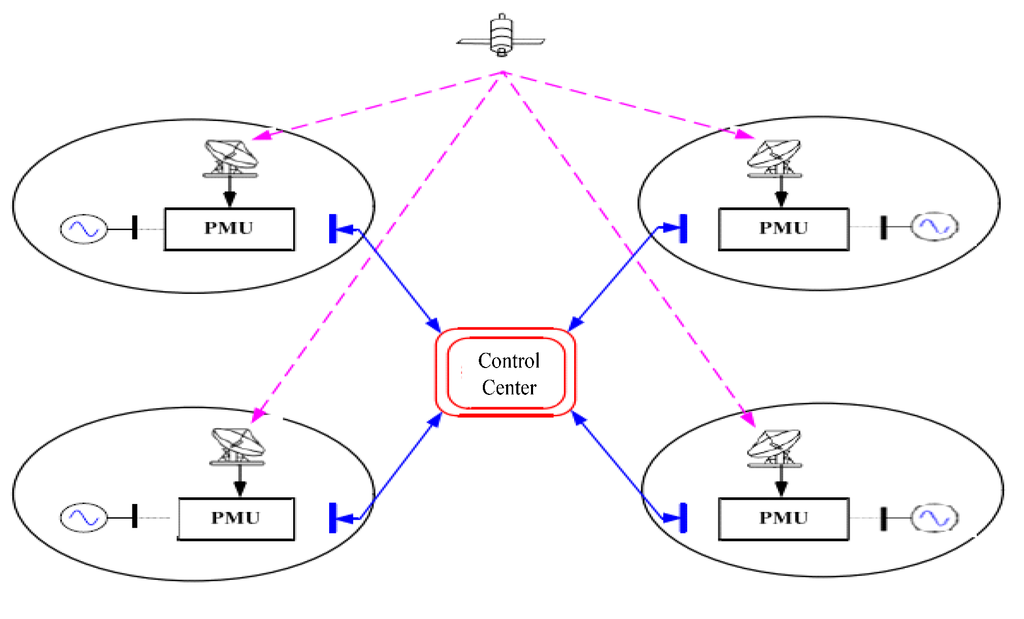

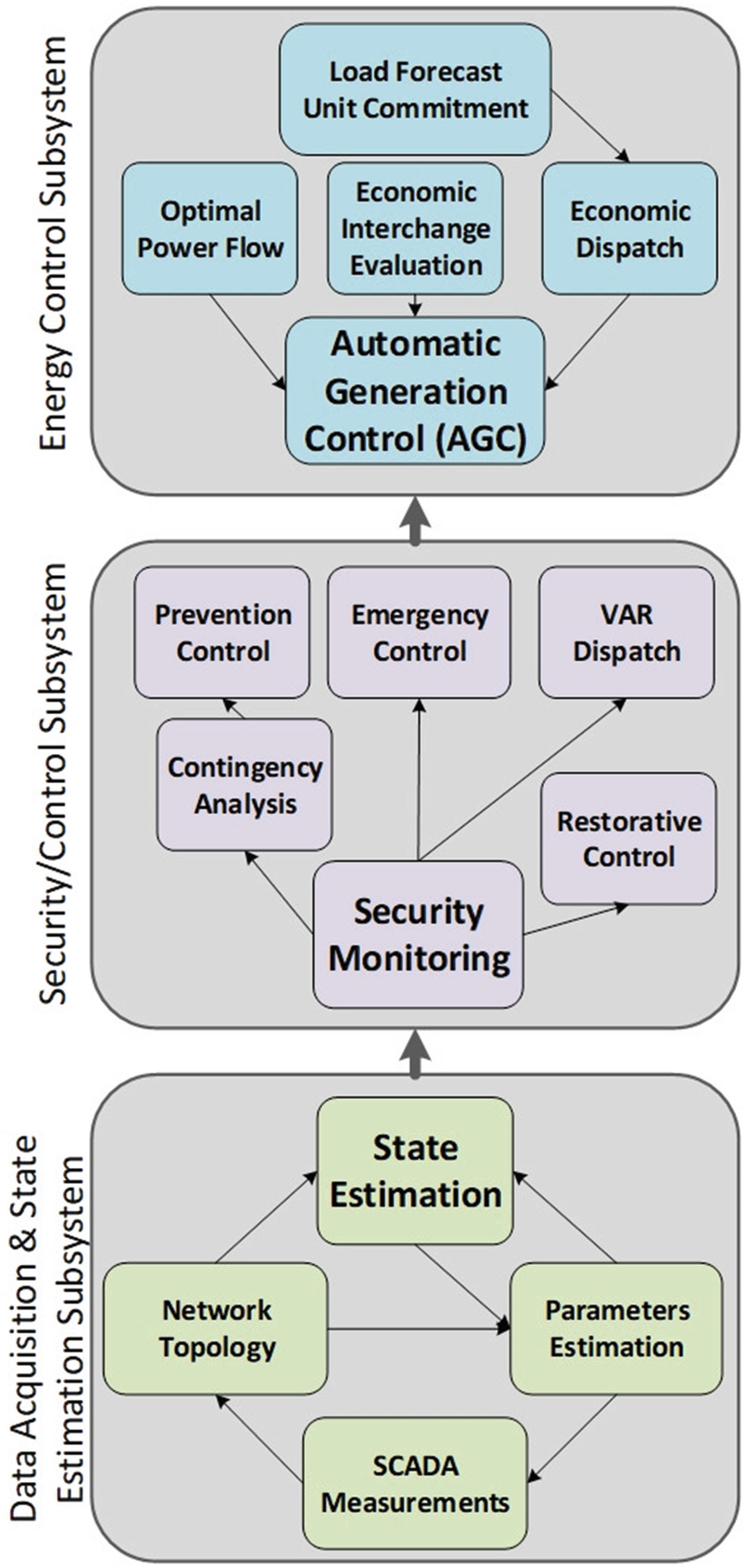


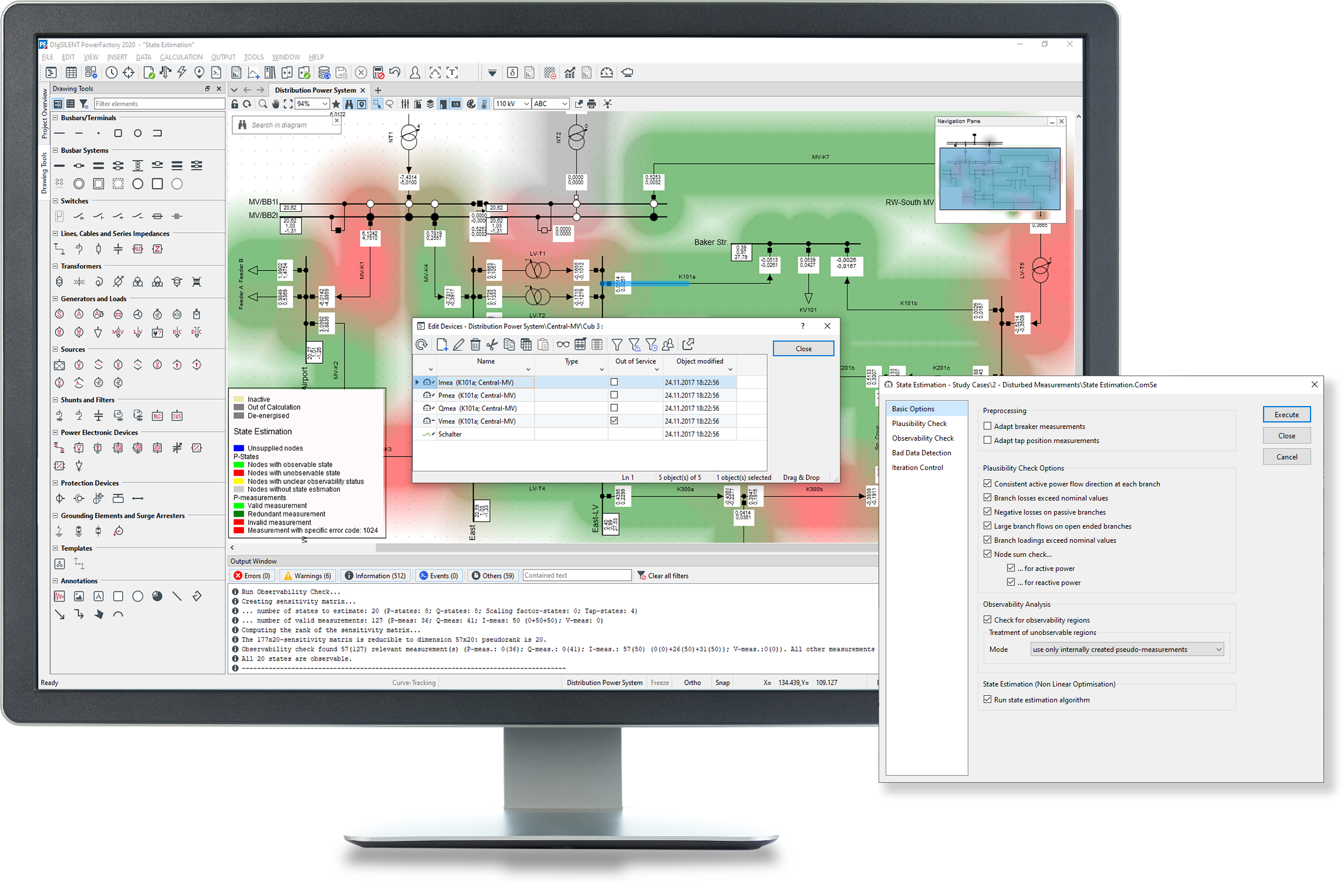
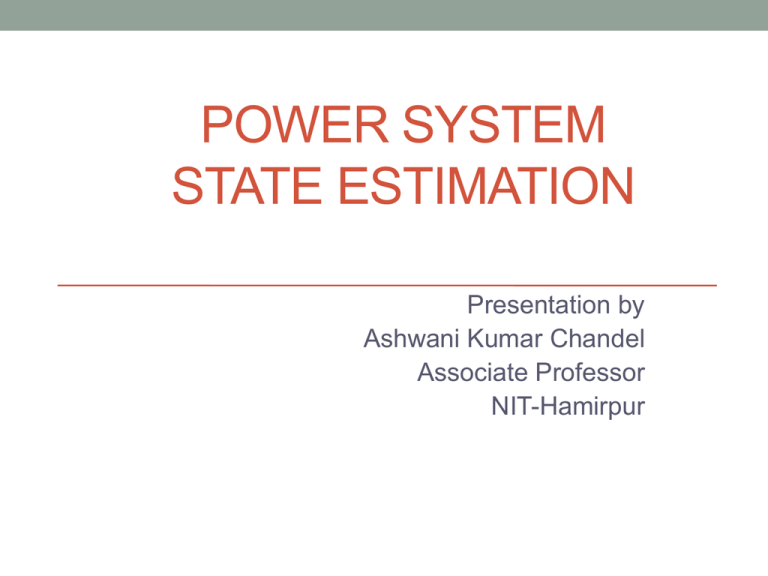





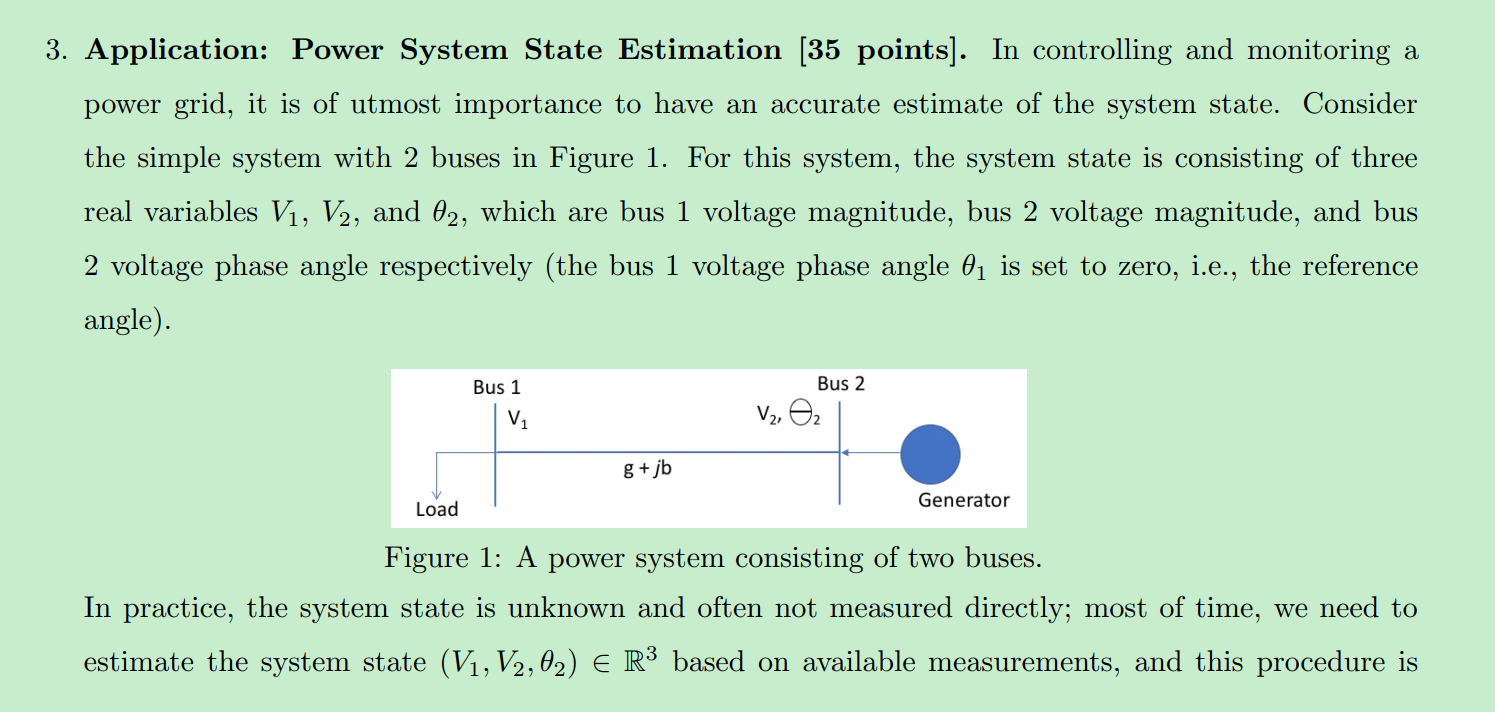

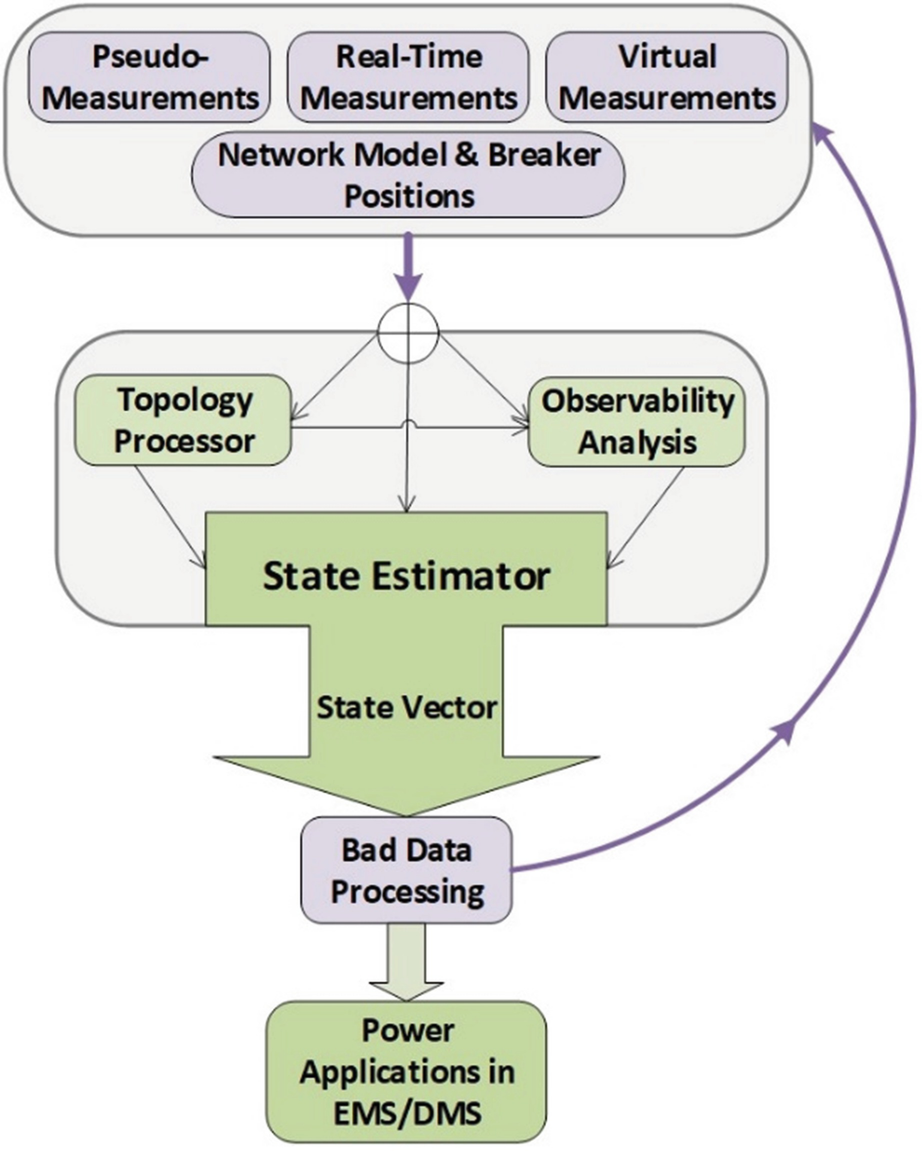





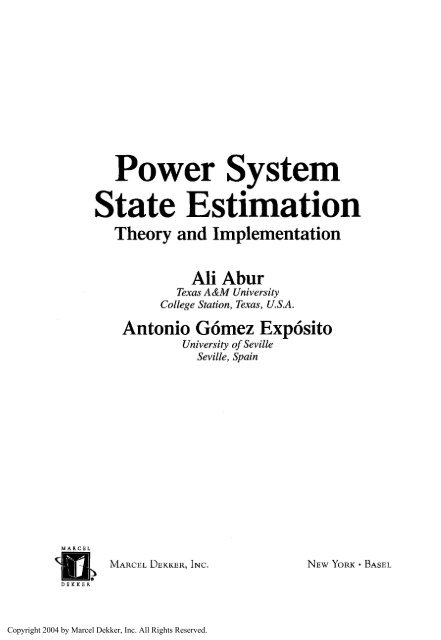





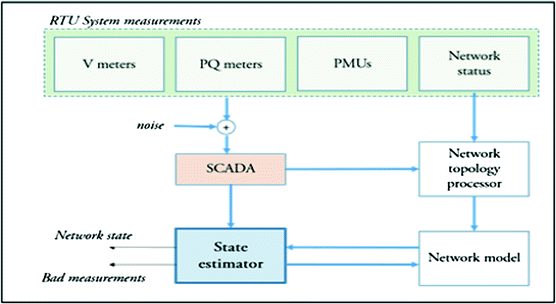


Post a Comment for "State Estimation In Power System"